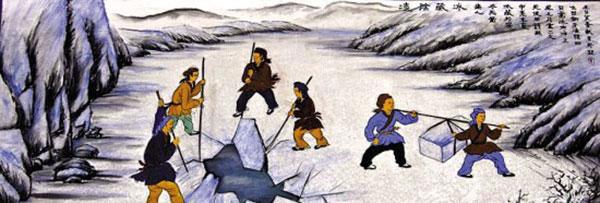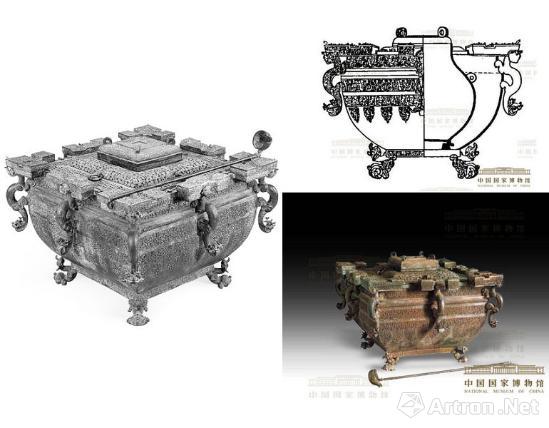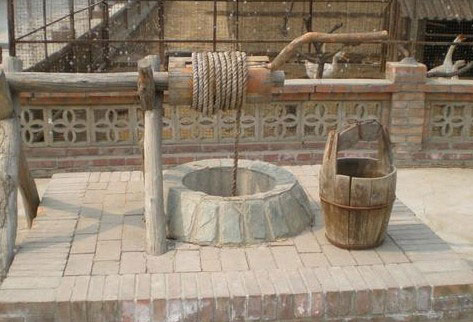
According to the Chinese solar terms, it's Minor Heat now, when most parts of China are going to experience the hottest days of the year. During the scorching summer, we modern people can enjoy cold drinks in an air-conditioned room to escape the heat. But how did ancient people cool down without these modern-day technologies?

Icehouse and ice ticket
As early as Pre-Qin Dynasty (2100-221 BC), people used natural ice to keep food fresh and make cold drinks. According to the record in the Confucian classic Zhou Rites, the Zhou royal court had a specialized department called the "ice administration" which had 80 employees. The department collected natural ice blocks each December, and then transported them to the ice house for storage.
Some senior officials were awarded ice cubes by the Zhou royal court, which was a big honor during that time. The system of granting ice lasted until the Ming (1368-1644) and Qing (1644-1911) dynasties. During the Qing Dynasty, "ice tickets" were distributed to officials instead of sending the ice directly to them.

Ice container
The most commonly used cooling utensil is called "Jian", which is a big container filled with ice. It was made of ceramic in early Chinese history, and was later made of copper. The "Jian" can be seen as an ancient refrigerator, which can be used to make cold drinks. Put the vessel holding food inside the "Jian", close the lid, and the drinks would become cold after a while.

Hiding food in the well
During the Qin (221-207 BC) and Han (202 BC-AD 220) dynasties, for common people, the most common way to cool off is by using their wells. Some families put an urn in the well as a cold closet, or put food in a basket and lowered the basket into the well with a rope. Actually, ancient people don't need cold beverages, as well water was the best drink in summer.


















































